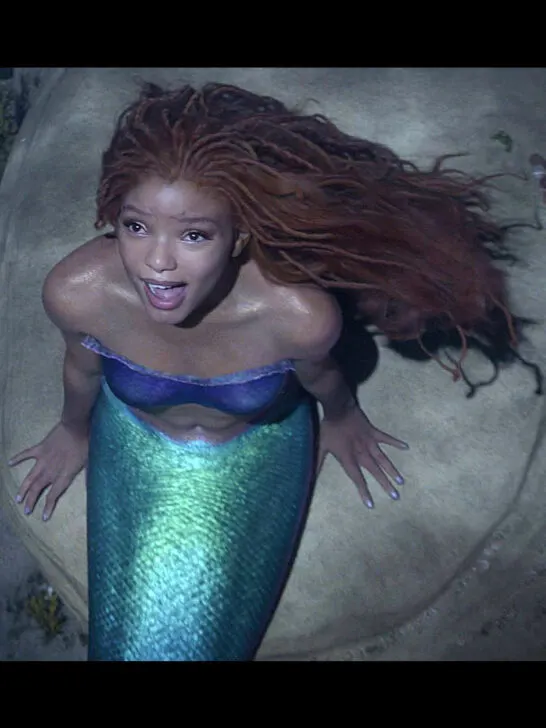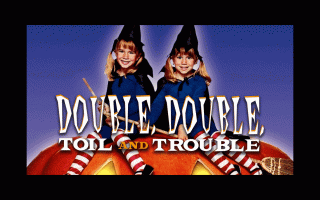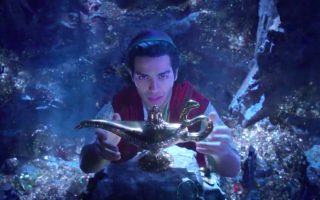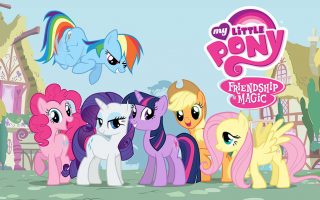In 1989, Disney launched the first of several new rip offs of public domain fairy tale stories and characters with its adaptation of A Little Mermaid. About 24 years later, Disney released a live action version of The Little Mermaid that once again made waves with many lamenting the use of forced diversity in movies.
Like other live-action adaptations of Disney animated movies, The Little Mermaid stayed close to the original borrowed story, but added additional details to fill in plot holes left in the original. They also updated certain elements to fit the modern audience and critics’ sensibilities.
While these changes included things such as gender swapping Scuttle and slight changes to lyrics to make them less rape-y, it also included the most controversial change to many: race swapping Ariel.
The perceived forced diversity in the casting led to months of angry fans expressing hatred for a movie that hadn’t even started shooting and continued well through opening weekend. Finally, a few weeks after its release, it is much harder to find vitriol hate for the movie because of one simple change.
What's in this review
What is forced diversity?
Forced diversity is an imaginary concept cooked up in people’s minds that relates to feeling threatened by seeing people of color, women, and people in the LBTGQ+ community starting to get more representation in pop culture than, well, white, straight men. It also references the use of these people as more than just stereotypes.
Forced diversity in movies is the same concept but with a focus on how movies are now hurting white, straight males. Those who believe in this concept cite examples such as:
- gender swapping characters
- race swapping characters
- adding in anything related to the LBTGQ+ community
- anything perceived as “woke”
Often, they will argue, “let’s see what happens when we switch Black Panther with a white actor.” Yeah, it doesn’t quite work like that.
Ariel’s race, her entire story, does not rely on her race. Nothing in her story revolves around a specific ethnicity. Without losing any essence of the story, Ariel could be Asian, Black, African, Middle Eastern, Italian, a Fraggel, and so on.
Black Panther’s entire identity and story is wrapped up in African and African American culture. You can’t replace his character with a white guy without changing several aspects of the actual story. Without changing most aspects of the plot, backstory, and so on, a white Black Panther would not work the same.
The end result would be just another white guy super hero movie with no resemblance to the original Black Panther story.
How does woke relate to forced diversity in movies?
When it comes to forced diversity in movies, being “woke” now pretty much means that the person perceives a show, movie, actor, actress, and so on includes a message that hints at inclusion of anyone or anything other than straight white males in any amount.
What those amounts are is subjective – at best – with many people claiming just about anything they don’t like is “woke.” When it comes to Disney’s live action adaptation of The Little Mermaid, the woke issue revolves around race swapping Ariel to include a woman with darker colored skin. THE HORROR!
The funny thing – at least to this white, straight, and middle aged man – is that admitting to liking the Little Mermaid back when it came out amounted to nothing short of social suicide for a young lad. In the 80s and 90s, calling someone “gay” was a generally accepted form of mockery and certainly one that others would use if a guy expressed interest in something as unmanly as The Little Mermaid.
Now the same people – who would openly mock a guy for liking The Little Mermaid when the animated version came out – staunchly defend the need for Ariel to feature a fair skinned, blue eyed girl.
For an interesting read on the history of the word “woke,” you can check out this Vox article.
Forced diversity and the live action version of The Little Mermaid
The Little Mermaid started getting serious hate for forced diversity as soon as the director announced his Ariel would be Halle Bailey – and for good reason, I might add! The audacity of the man to not cast a fiery red head as Ariel was – and still is – unthinkable!
I mean, why cast a young, talented singer, song writer, and actress for the role of Ariel when a young woman suffering from Gingervitis would work perfectly regardless of actual talent? Haven’t Gingers suffered enough hate and discrimination already?
And that doesn’t even scratch the surface of their health issues. Can you imagine not being able to stay out in the sun for longer than a few minutes? Maybe the director really did his homework and realized that the lyrics “spend all day in the sun” would be pure torture for a Ginger.
You should think about that if you think the director made a bad call.
Unfortunately, a lot of people didn’t and took to social media to verbally assault the director and Disney for the oversight of not casting a Ginger for the role of Ariel. Yes, these brave keyboard warriors came up with catchy tags, like #notmyariel, as a form of protest.
To hide their disgust at the perceived forced diversity in The Little Mermaid, some argued that they wanted an actress that looked the part portrayed in the animated version, aka a Ginger. Some went so far as to note that the original author of The Little Mermaid was Danish, which somehow clearly proves Disney’s Little Mermaid needed to remain a Ginger.
I guess they forgot about how Disney cast Emma Watson as Belle in the live action remake of Beauty and the Beast. I guess she sort of vaguely looked like Belle.
Without getting into a debate about whether any villager would consider her the “prettiest girl in town,” the reality is she provided a very lackluster performance despite sort of looking like the cartoon version.
The fact that she could barely sing and provided dull acting throughout the movie almost killed an otherwise decent enough adaptation that fixed a lot of the issues present in the animated version.
Bailey delivered a superior performance all around both compared to Watson and in general. She clearly could sing and conveyed a very good performance as a feisty, curious Ariel without seeming like a dick starved young lady.
Here’s an example of the hate that Gingers have had to endure and why it is such a big deal to rob one of the opportunity to shine:
Go Woke, Go Broke
“Go woke, go broke” is a fun little catch phrase. In case you need it explained, it means if you use forced diversity in movies, you’ll have no more money.
Oddly, for the live action version of The Little Mermaid, these clever folks seem to have proven their point. Though remember, their criticism was never about race and only about Ariel not being a person suffering from Gingervitis. Of course, they also believe that a Black mermaid could and should have their own (separate, but equal…) movie of their own, but I digress…
Sadly, despite actually being a pretty good remake, especially compared to Mulan, Lion King, or Aladdin, The Little Mermaid really didn’t perform well at the box office. It grossed about 414 million so far worldwide, which sounds impressive until you realize it cost about 250 million to make and an additional 140 million to market.
In other words, it barely turned a profit and many point to it as a box office failure.
Though many may attribute its performance to a gender swapped Scuttle, a weird new rap song, and forced diversity as the reason for the poor box office performance, the reality is likely much different and ignores some obvious facts:
- Inflation has drastically reduced most people’s spending power, which means going to the movies is a luxury many cannot afford.
- With the advent of streaming and upgraded TVs, a lot of people are willing to wait out new releases until they become available at home to avoid both the cost of going out and the annoyance of being around other, obnoxious people.
- In general, many people are getting irritated with live-action remakes due to the belief that they are creatively devoid. I will admit, though, Disney does update each live-action remake to be more believable and work better for non-animated movies.
- The Little Mermaid is a niche movie that appeals primarily to children. Entire demographics of people who might go see a movie will likely not want to watch a children’s film unless they in fact have children of their own.
But, you know, forced diversity is really what killed The Little Mermaid. Never mind that it is the fifth highest grossing movie of all time to open on Memorial Day Weekend.
Live action or animated: Which version of the Little Mermaid is better?
For all the people saying #notmyariel, let me put it to you simply. The animated version of Ariel came across as a bratty, spoiled little rich girl who almost destroyed everyone who loved her lives due to wanting some dick from a pretty boy prince.
The Ariel in the live action movie came across as an earnest, headstrong mermaid fascinated with the human world more so than getting some dick. She seemed generally curious and was much more enjoyable to watch than the whiney ass brat.
Final verdict
Forced diversity in movies did not kill The Little Mermaid. In fact, overall, the movie stood out as one of the best Disney live action remakes.
Bailey did an excellent job both with singing and portraying a much more in depth Ariel.
In other words, it is well worth a watch now that it has come out on Disney+.








Jcando
Sunday 20th of August 2023
In your cuck white guilt riddled opinion. You needed to add that.
Nathan
Monday 21st of August 2023
Considering everything written here is my opinion, adding the words "in my opinion" - with or without additional descriptors - would be redundant and reminiscent of a 3rd grade level essay. Similarly, you did not need to add "in my narrow minded, bigoted opinion" for me to understand that what you wrote represented your opinion.